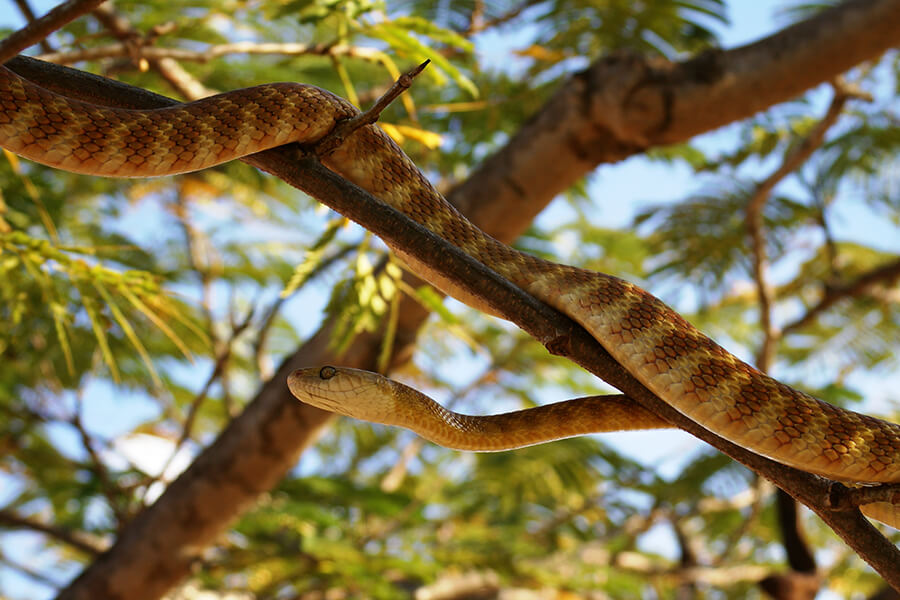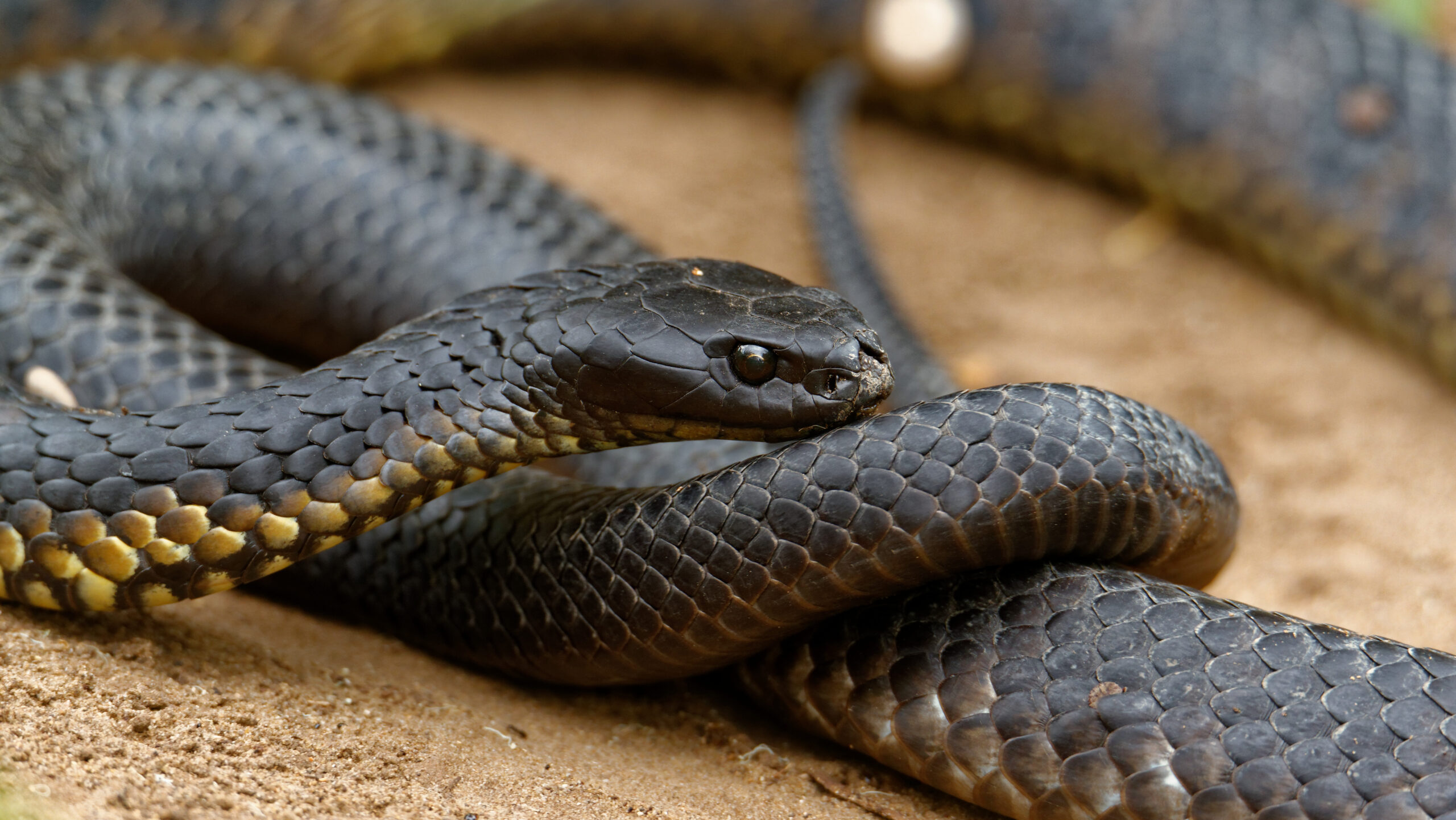Introduction
Australia is renowned for its rich biodiversity, especially when it pertains to reptiles. Amongst these remarkable animals, the Eastern Tiger Snake ( Notechis scutatus) stands apart because of its striking look and potent venom. Discovered predominantly in southeastern Australia, this varieties has interested both herpetologists and casual viewers alike. In this extensive guide, we will delve into the qualities of the Eastern Tiger Serpent, discover their environment, actions, and diet, and share crucial safety suggestions for anyone that might run into them.
As we traverse through the subtleties of the Eastern Tiger Serpent's life, we'll Informative post additionally talk about essential topics such as serpent bite emergency treatment and prevention strategies. With snake bites being a significant issue in Australia, outfitting yourself with understanding can mean the distinction in between safety and threat. Distort up as we embark on this enlightening journey.
Exploring the Eastern Tiger Snake: Qualities and Safety And Security Tips
1. Overview of the Eastern Tiger Snake
The Eastern Tiger Snake is an extremely poisonous serpent that comes from the Elapidae family. Characterized http://reidosls890.raidersfanteamshop.com/what-does-a-tiger-snake-bite-resemble-acknowledging-signs-early by its unique banding pattern that resembles a tiger's stripes, this varieties showcases a range of shades from olive-green to black or perhaps brownish hues.
1.1 Physical Characteristics
Tiger snakes are tool to large-sized serpents that commonly get to lengths of 1.2 to 2 meters (4 to 6.5 feet). Their robust bodies are matched by a squashed head that makes them conveniently identifiable to name a few snakes.
1.2 Poison Composition
The poison of an Eastern Tiger Serpent is mostly neurotoxic. This means it can influence the nervous system and result in paralysis if left unattended. The good news is, antivenom is readily available in Australia for those unfavorable enough to be bitten.
2. Environment of the Eastern Tiger Snake
Understanding where these serpents prosper can assist in avoiding encounters and appreciating their function in the ecosystem.
2.1 Natural Habitat
Eastern Tiger Snakes like seaside regions, wetland areas, and meadows. They are often discovered near freshwater sources like swamps and rivers.
2.2 Geographic Distribution
This types is mainly situated in southeastern Australia, including parts of Tasmania where they are frequently described as Tasmanian tiger snakes.
3. Habits Patterns
3.1 Diurnal vs Nocturnal Activity
While some tiger snakes may exhibit nocturnal behavior during warmer months, they are largely diurnal creatures that hunt during daylight hours.


3.2 Protective Mechanisms
When intimidated, tiger serpents may display aggressive actions by curling back or hissing noisally before striking if provoked further.
4. Diet of the Eastern Tiger Snake
Tiger snakes have a diverse diet primarily containing small creatures, birds, amphibians, and various other reptiles.
4.1 Hunting Techniques
They utilize ambush tactics coupled with rapid strikes to catch unwary target-- an excellent task provided their size!
5. Are Tiger Snakes Venomous? Understanding Their Risk Level
Yes! The eastern tiger serpent is undoubtedly venomous; however, not all attacks result in envenomation (the shot of venom). Awareness about their risk Conservation and Education level is essential for anybody who frequents their habitat.
6. First Aid for Snake Bites: A Critical Skillset
If a person is attacked by a tiger snake or any type of various other types:
- Remain calm; panic exacerbates symptoms. Call emergency situation solutions immediately. Apply a pressure plaster above the bite site.
Knowing exactly how to react immediately can save lives!
7. Typical Myths About Tiger Snakes Debunked
Misunderstandings concerning tiger serpents are plentiful-- let's resolve some usual misconceptions:
- Myth: All snakes are aggressive. Fact: Lots of serpent species favor evasion over confrontation. Myth: A completely dry bite suggests no danger. Fact: Always look for medical focus regardless of symptoms!
8. Safety And Security Precautions When Experiencing Snakes
Awareness is your ideal defense versus undesirable encounters with tiger serpents:
- Stay vigilant while hiking or going through understood habitats. Avoid tall grass where presence could be limited. Wear proper footwear when exploring all-natural areas.
9. What To Do If You Run Into an Eastern Tiger Snake?
Stay calm! Gradually back away without making abrupt motions-- it's crucial not to prompt the animal further.
10. Baby Tiger Snakes: The Young Ones' Journey
Juvenile tigers usually display different coloration than grownups yet keep comparable patterns that offer camouflage against killers and environmental threats.
10.1 Developmental Stages
These baby snakes emerge after about 2 months' pregnancy from eggs laid by females-- a fascinating change into independence!
11. The Function of Conservation in Protecting Serpent Species
With metropolitan growth trespassing upon natural habitats, conservation initiatives are important for maintaining healthy and balanced populations of eastern tiger snakes-- and all wildlife!
Frequently Asked Questions
FAQ 1: Are all tiger snakes deadly?
While eastern tiger serpents possess powerful venom capable of causing severe harm or fatality if without treatment, not every experience results in a bite or envenomation.
FAQ 2: Just how can I identify an eastern tiger snake?
Look for one-of-a-kind red stripe patterns incorporated with pigmentation varying from olive-green to black; they likewise have flat heads particular of elapids!
FAQ 3: What ought to I include in my snake bite emergency treatment kit?
Essential products include pressure plasters, sterile gauze pads for injury treatment, disinfectant wipes/solutions like alcohol swabs together with emergency call numbers!
FAQ 4: Just how commonly do tiger serpents breed?
Typically reproducing occurs throughout springtime when temperature levels rise-- females may lay between 20-30 eggs per clutch depending upon environmental conditions!
FAQ 5: What makes Tasmania's tiger snake unique?
Tasmanian tigers often tend toward bigger sizes contrasted to mainland counterparts; their shade variations vary extensively across various geographical locations too!
FAQ 6: Can you securely transfer a serpent discovered on your property?
It's advisable not to attempt self-relocation as incorrect handling may provoke them-- contact local wild animals authorities rather for assistance!
Conclusion
In summary, exploring the eastern tiger snake reveals much regarding among Australia's a lot of captivating reptiles-- from its striking physical features down to its crucial role within environments together with prevalent safety factors to consider pertaining to possible experiences with humans! Recognition about this varieties fosters respect while ensuring secure experiences must one cross paths with these splendid creatures out in nature-- since knowledge absolutely encourages us all!